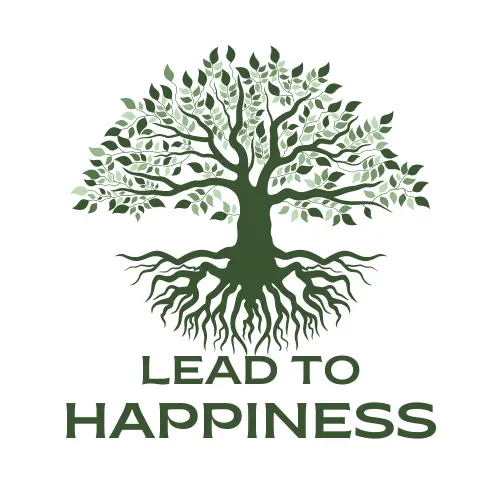It might sound a little unconventional, but many people hold the belief that the shape and structure of a woman’s legs can reveal subtle aspects of her inner world—her personality, confidence, and even the way she loves and connects with others. Although such ideas don’t have a foundation in scientific evidence, countless individuals still find these symbolic associations fascinatingly accurate. In a way, they connect the physical form with emotional character and temperament, merging appearance with essence.
Among these interpretations, women who possess what is often described as “type B” legs—where the thighs have a small gap while the knees and ankles touch—are frequently viewed as symbols of balance, confidence, and inner independence. These women are typically self-assured and composed, with a clear sense of direction in life. They understand their worth, value solitude, and rarely rely on others for validation or reassurance. Calm even in challenging circumstances, they demonstrate quiet determination and emotional maturity as they pursue their ambitions.
When it comes to love and relationships, such women are believed to value mutual respect, honesty, and equality above all else. Their strong sense of independence can sometimes be misread as emotional distance or pride, but in truth, once someone earns their trust, they reveal deep loyalty and profound affection. They are passionate yet grounded partners, capable of building connections that are both intense and stable.

In everyday life, women with this leg type are often seen as disciplined yet spontaneous—they fulfill their responsibilities with precision but also know how to enjoy life, embracing moments of joy, creativity, and freedom. Their actions reflect an elegant balance between control and curiosity. They are typically active, purposeful individuals whose lifestyles mirror both physical vitality and emotional resilience. Still, their self-reliance can lead to misunderstanding. Because they appear so capable and composed, others might assume they never need support or comfort—an illusion that sometimes leaves them feeling unseen or isolated, despite their deep capacity for empathy and compassion.
From a historical perspective, the idea of linking physical form to personality is far from new. Ancient civilizations—from Greek philosophers to Chinese scholars—believed that external form mirrored inner harmony, that balance in the body was a reflection of balance in spirit. Today, these concepts are less about literal truth and more about metaphorical understanding—a poetic way to explore confidence, energy, and self-awareness through posture and presence rather than anatomy.
What captivates people is not the scientific accuracy of these associations, but the way such symbolism reminds us how the body and the spirit often move in harmony. The way someone stands, walks, or carries herself can indeed reveal volumes about confidence and emotional strength.
Ultimately, it is not the shape of a woman’s legs that defines who she is, but rather how she moves through the world—with grace, composure, and authenticity. True beauty is not measured in physical symmetry, but in the energy and assurance she exudes. It shines through her self-acceptance, her quiet strength, and her ability to live unapologetically as herself—firm, free, and radiantly confident.


